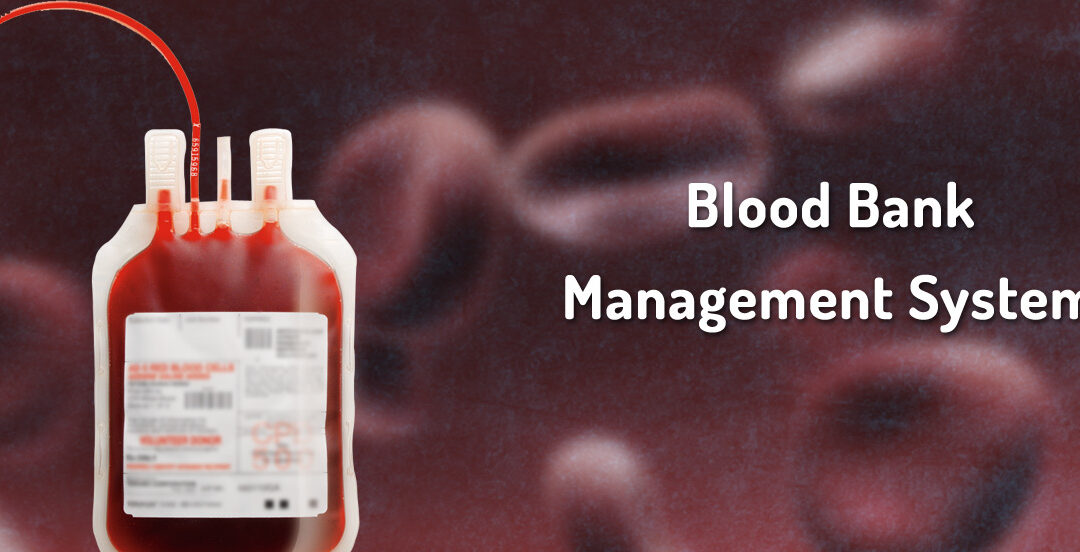Blood banks are a vital component of healthcare, serving as lifelines for patients requiring transfusions during surgeries, accidents, or for managing chronic conditions.Understanding donor recruitment and retention strategies is essential for any nonprofit organization aiming to thrive in today’s competitive environment. By refining your donor recruitment and retention strategies, you can achieve long-term growth and stability. This blog explores key strategies and Understanding donor recruitment and retention strategies that healthcare providers can adopt to optimize blood bank operations and improve patient outcomes
The Importance of Efficient Blood Bank Management
Blood banks are responsible for collecting, testing, storing, and distributing blood and blood products. Managing these operations effectively is crucial to ensuring a consistent supply of safe blood. An efficient blood bank not only saves lives but also prevents resource wastage, reduces operational costs, and ensures compliance with regulatory standards. With advancements in healthcare technology, blood bank management is evolving to become more streamlined and data-driven.
Effective Donor Recruitment and Retention Strategies
Blood bank management faces several challenges, including:
Supply and Demand Balance:
One of the biggest challenges is maintaining a balance between blood supply and demand. Shortages can lead to critical situations, while overstocking can result in waste due to the short shelf life of blood products.
Quality Control and Safety:
Ensuring the safety and quality of blood through rigorous screening, testing, and storage protocols is essential. Failure in these areas can lead to serious health risks for patients.
Compliance and Regulations:
Blood banks are subject to stringent regulatory guidelines. Maintaining compliance with these regulations requires meticulous documentation, continuous audits, and adherence to established protocols.
Donor Management:
Managing a reliable pool of donors and ensuring timely donations are critical for maintaining adequate blood supplies. Encouraging repeat donations and managing donor records efficiently are essential components of blood bank management
Best Practices for Effective Blood Bank Management
Implementing best practices in blood bank management can enhance efficiency, safety, and patient care. Here are some key strategies:
Implement a Blood Bank Management System (BBMS):
A BBMS is a software solution designed to automate and streamline blood bank operations. It helps manage donor records, blood inventories, testing procedures, and distribution processes. With real-time data access, BBMS improves decision-making and enhances overall efficiency.
Standardize Blood Collection and Testing Protocols:
Establishing standardized protocols for blood collection, testing, and storage is essential for maintaining consistency and quality. Adhering to guidelines set by health authorities ensures the safety and reliability of blood products.
Optimize Inventory Management:
Blood products have varying shelf lives, making inventory management crucial. Implementing an inventory system that tracks expiration dates, monitors usage patterns, and predicts demand can help minimize wastage and ensure the availability of blood when needed.
Focus on Donor Recruitment and Retention:
Developing targeted donor recruitment campaigns and encouraging repeat donations can help maintain a stable blood supply. Offering incentives, recognizing loyal donors, and ensuring a positive donation experience are effective strategies for donor retention.
Enhance Quality Control Measures:
Quality control should be at the core of blood bank operations. Regular testing, calibration of equipment, and validation of processes ensure that the blood products meet the highest safety standards. Implementing a robust quality management system (QMS) helps in monitoring and improving blood bank practices.
Ensure Compliance and Accreditation:
Blood banks must comply with national and international regulatory standards, such as those set by the World Health Organization (WHO) or local health authorities. Regular training, audits, and continuous updates to protocols are essential for maintaining accreditation and avoiding legal issues.
Utilize Data Analytics for Decision-Making:
Data analytics can play a significant role in optimizing blood bank operations. By analyzing donation patterns, demand trends, and usage data, blood banks can make informed decisions regarding resource allocation, donor outreach, and inventory management.
Leveraging Technology in Blood Bank Management
Technology is revolutionizing blood bank management by improving efficiency, accuracy, and traceability. Some technological advancements include:
Automated Blood Processing:
Automation in blood processing reduces manual errors, speeds up operations, and ensures consistency in testing and labeling.
Artificial Intelligence (AI) in Predictive Analytics:
AI-powered predictive models can forecast blood demand based on historical data, events, and seasonal trends. This helps blood banks prepare in advance and avoid shortages or overstocking.
Blockchain for Traceability:
Blockchain technology is being explored to enhance traceability and transparency in blood supply chains. It offers a secure and immutable way to track blood from donation to transfusion, ensuring integrity and safety.
Mobile Apps for Donor Engagement:
Mobile apps make it easier for donors to schedule appointments, track donation history, and receive notifications. These apps also facilitate communication between blood banks and donors, improving engagement and retention.
The Future of Blood Bank Management in Healthcare
As healthcare continues to evolve, blood banks must adapt to new challenges and technologies. The focus will be on improving efficiency, enhancing safety protocols, and integrating advanced technologies like AI and blockchain. The demand for blood is expected to increase with the aging population and the rising prevalence of chronic diseases. Therefore, blood banks must be proactive in adopting innovative solutions to meet future demands.
Conclusion
Efficient blood bank management is essential for saving lives and improving patient care. By implementing best practices such as utilizing a BBMS, standardizing protocols, enhancing donor engagement, and leveraging advanced technologies, healthcare providers can ensure a stable and safe blood supply. As the healthcare landscape continues to change, staying ahead with innovative blood bank management strategies will be crucial for success. The Clinical and Laboratory Standards Institute (CLSI) that provides information on quality control protocols and standards in blood banking.
Whether you’re managing a small hospital blood bank or a large national blood center, focusing on efficiency, safety, and continuous improvement is the key to effective blood bank operations.

